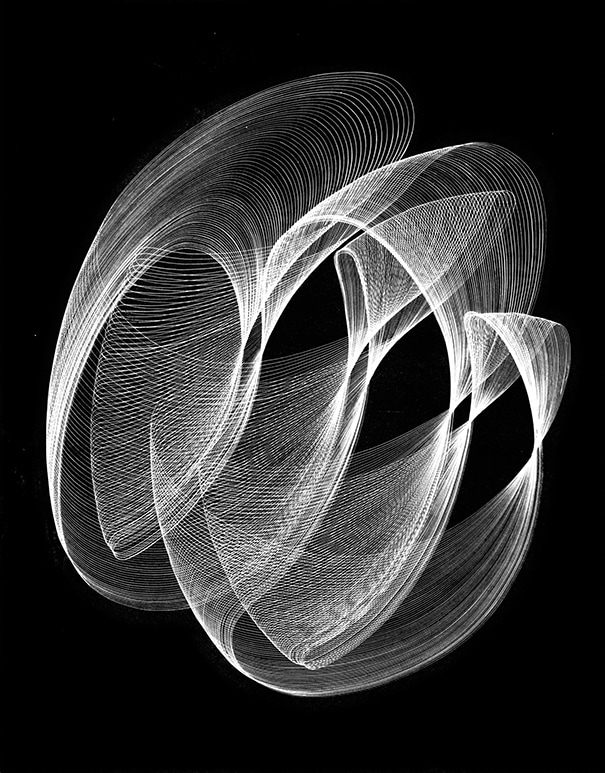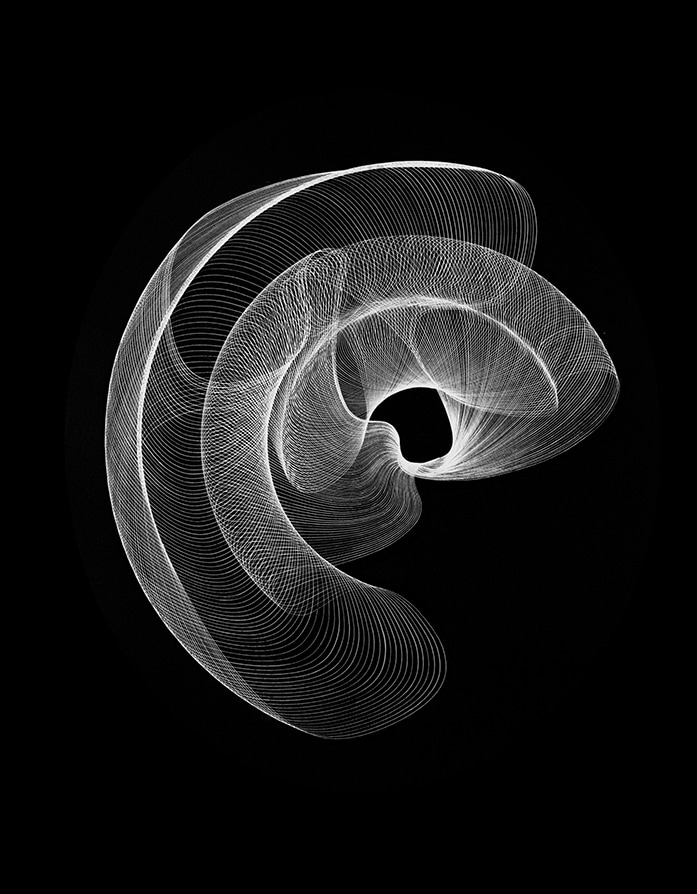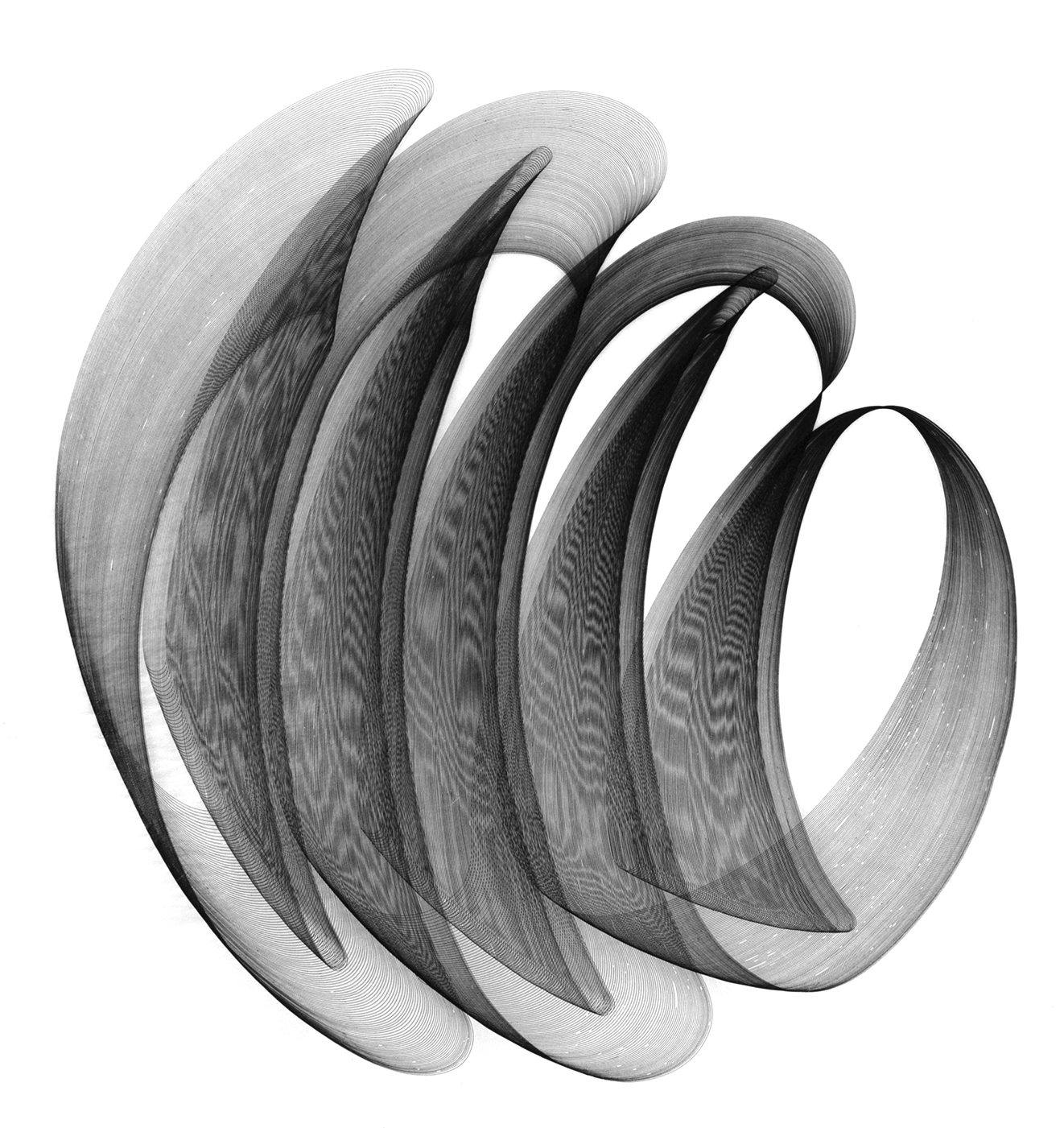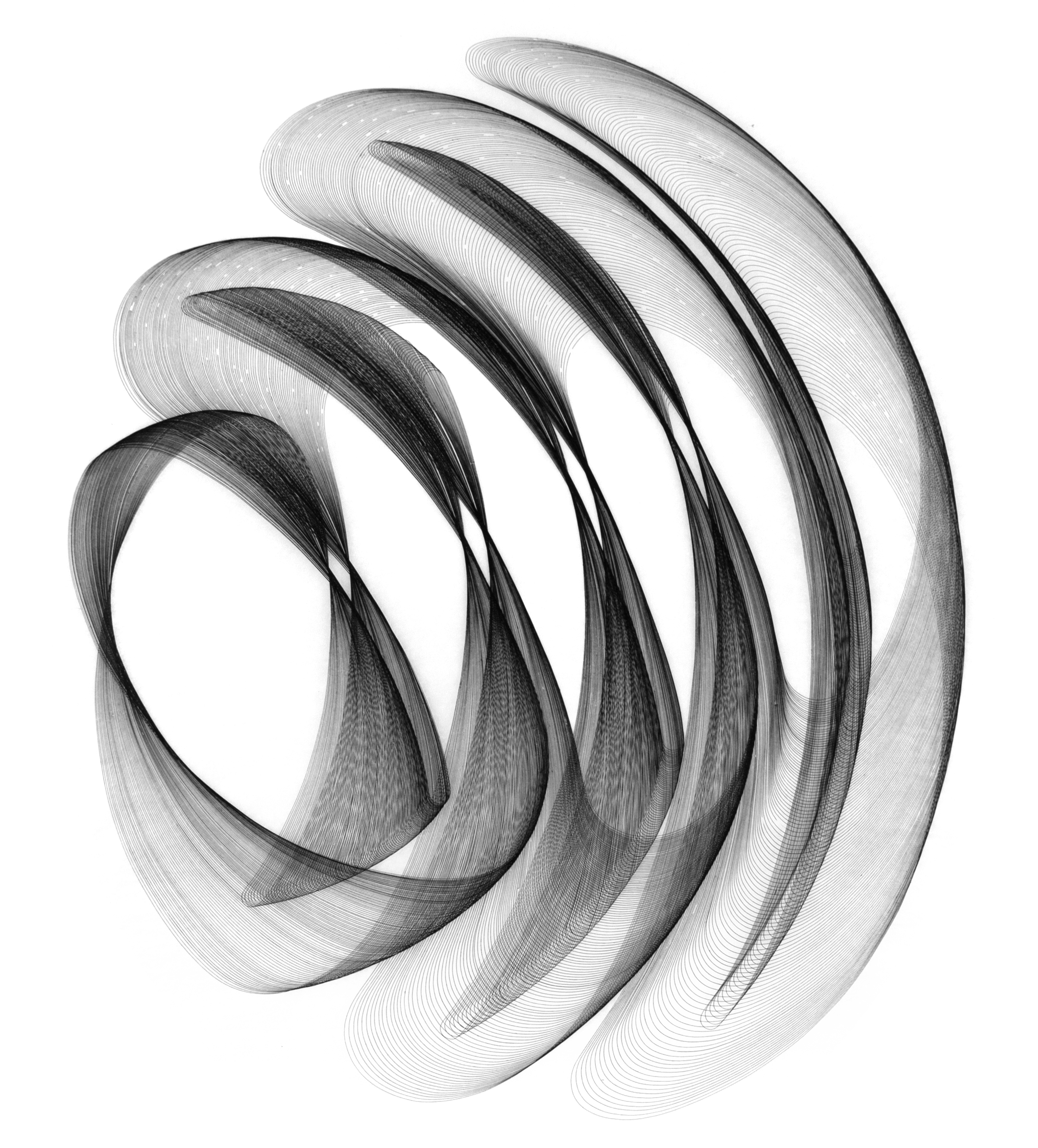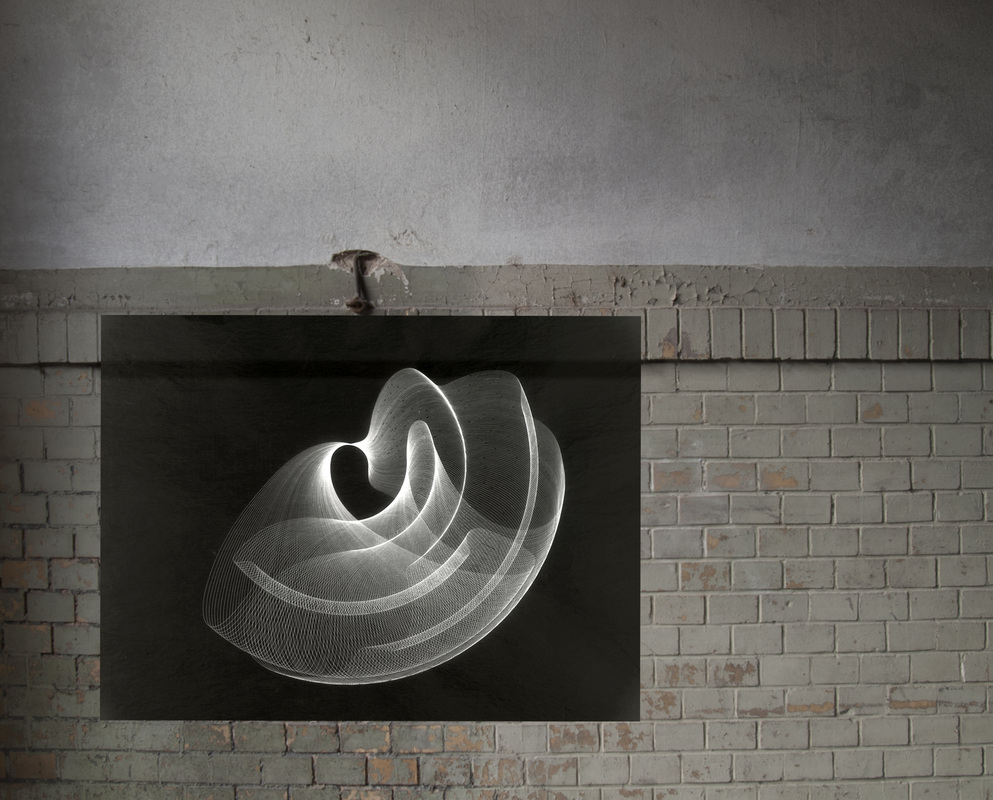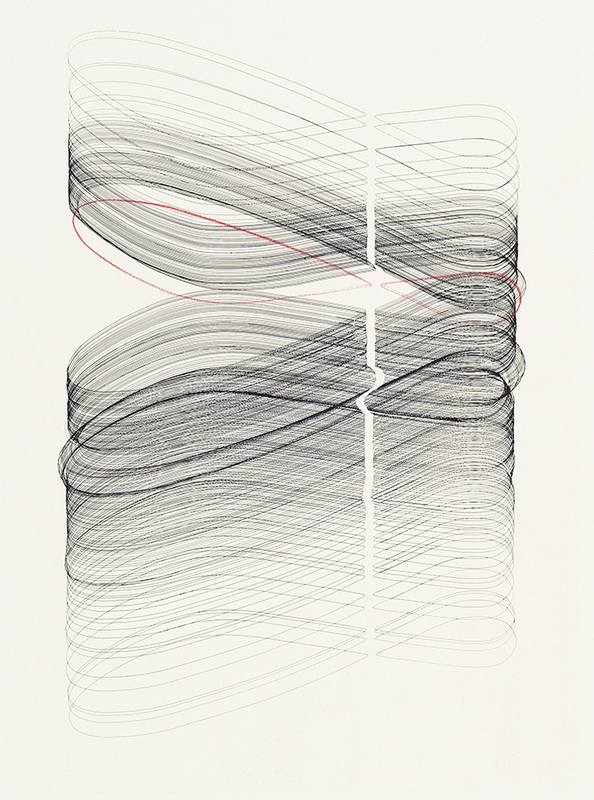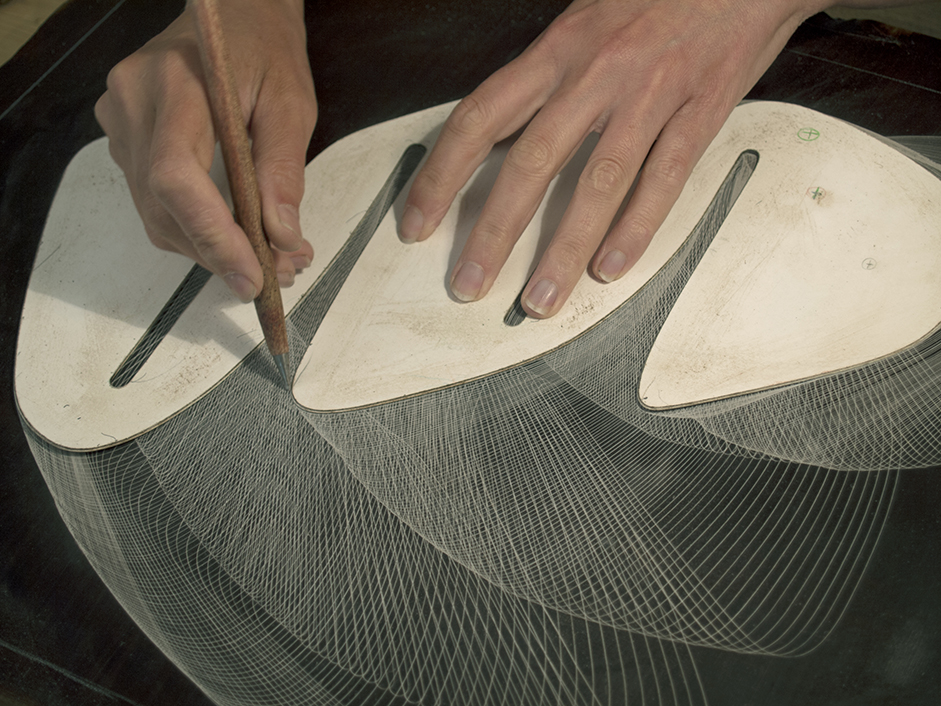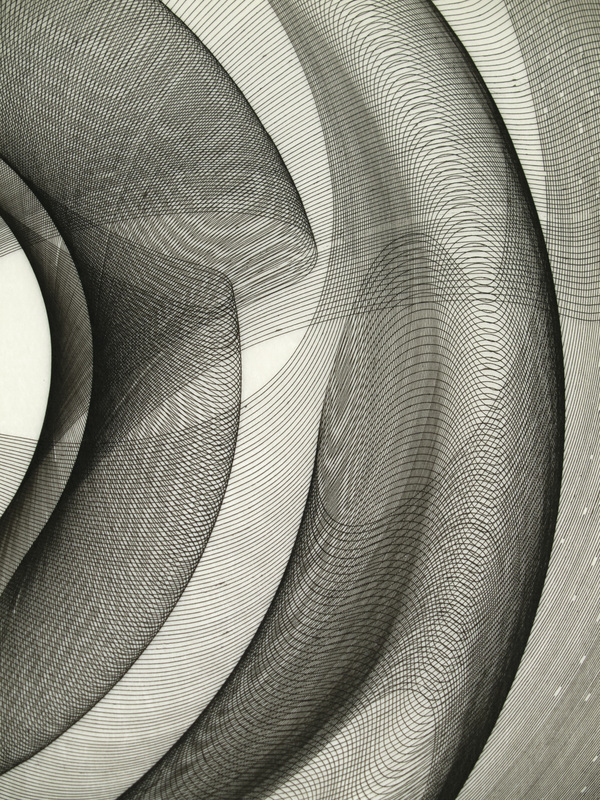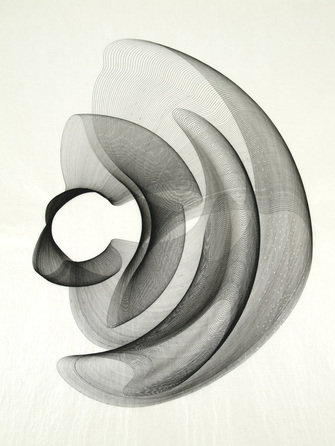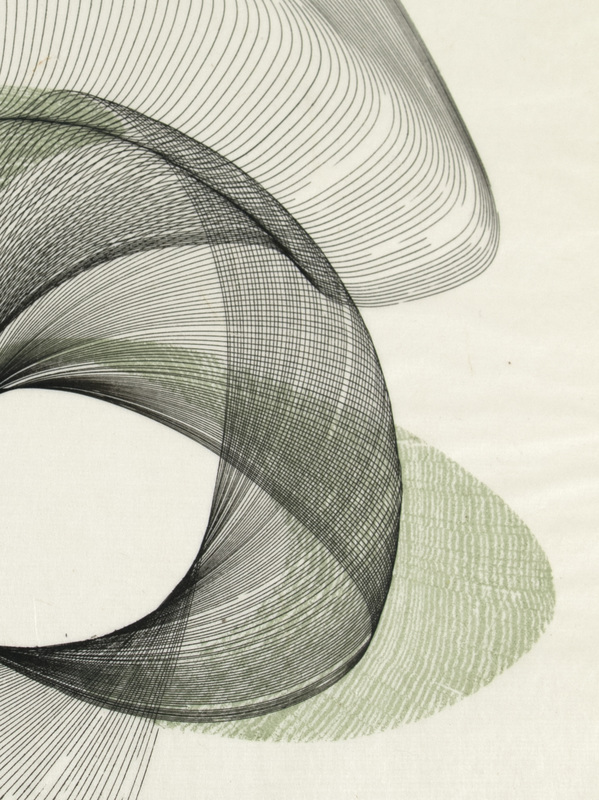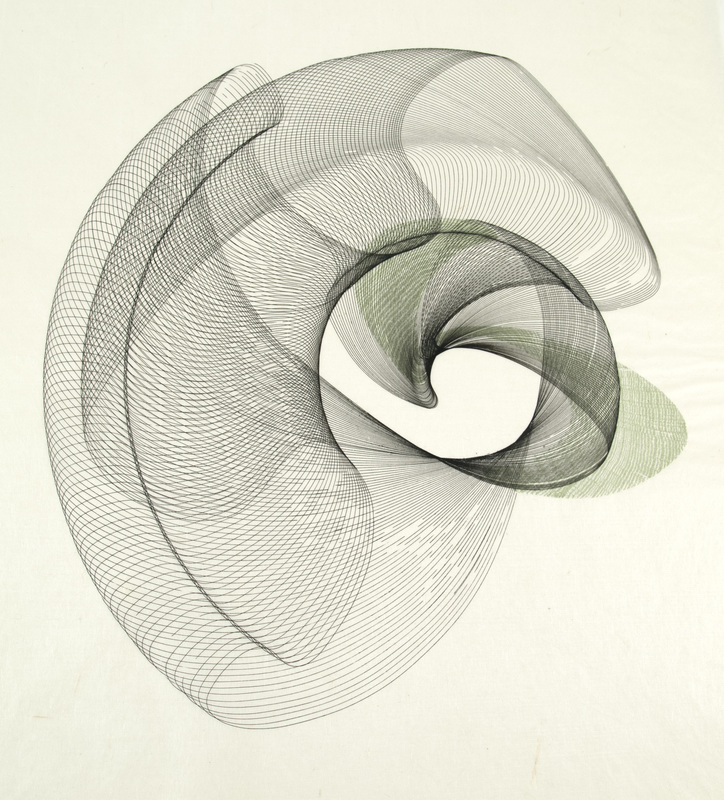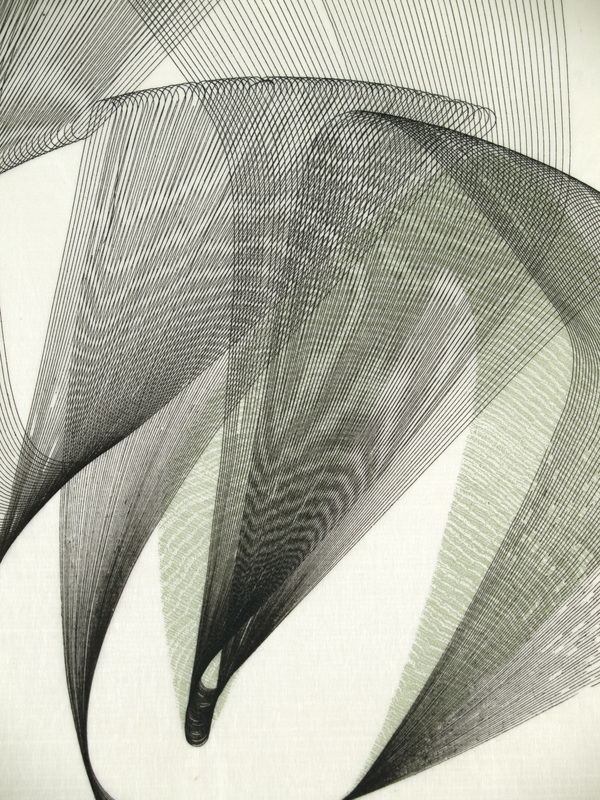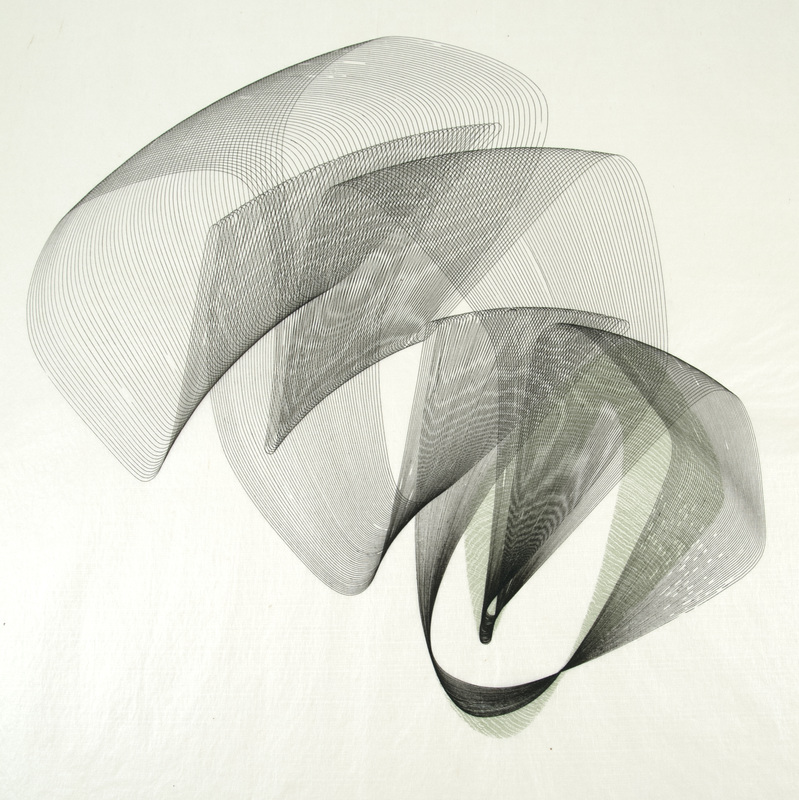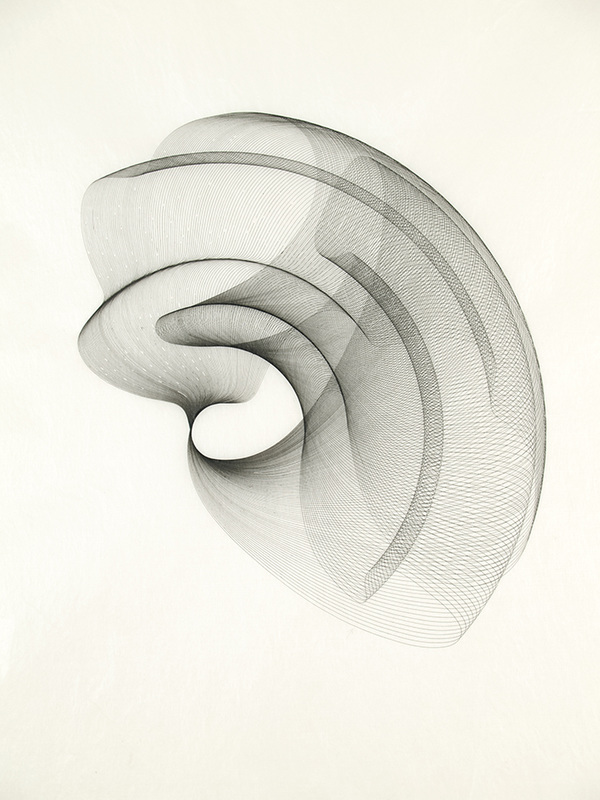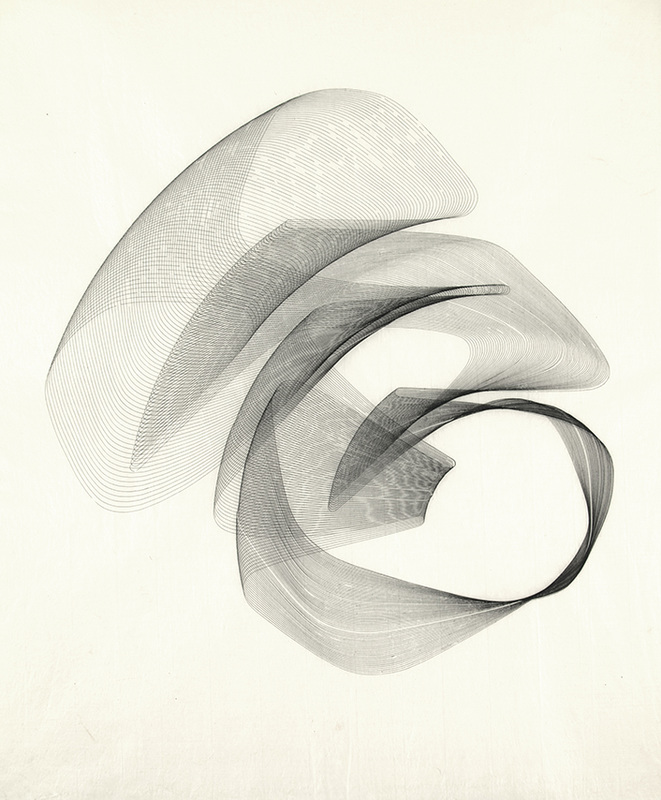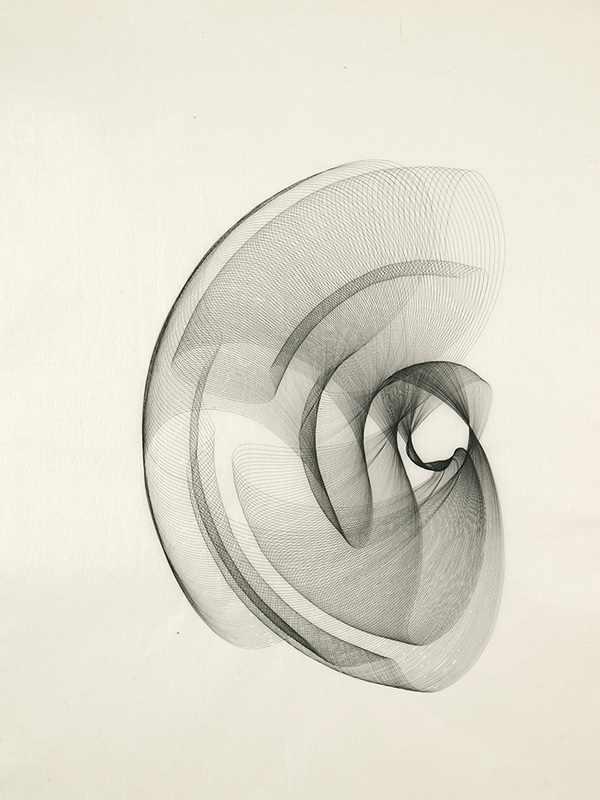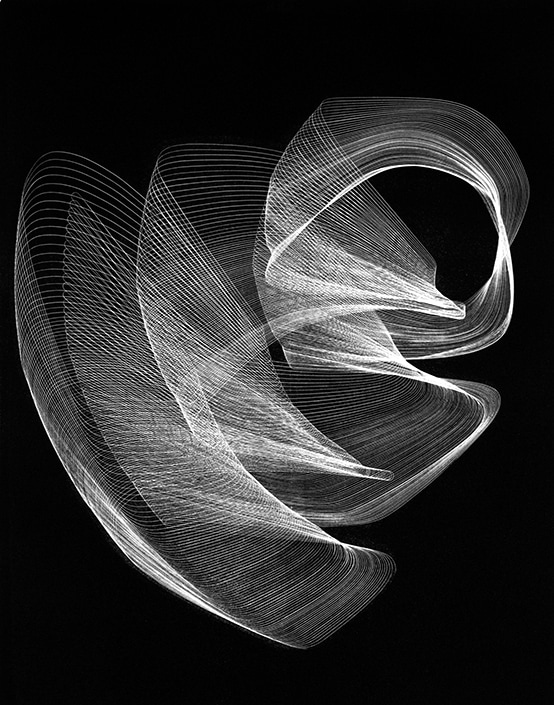
"The idea of multiple points of view was introduced at the beginning of last century, and for the plastic artist the problem does not only involve showing that space contains this multiplicity, but also showing that all the different points of view are equally valid and that one of them cannot be used to validate all the rest. One of the great revolutions in modern art is to have stopped presenting space as a reality created by the eye, like the Renaissance artist watching reality go by through his window without paying attention to what was around him.
One of the problems facing me was to demonstrate and bring to light what is around us, to give the same importance to what is behind, above, underneath, because all of that is an integral part of the whole."
"Scientists have shown with extraordinary precision that Man is an infinitesimal particle in the universe, and this loss of geocentrism and egocentrism necessarily leads us to reflect on the importance of anthropomorphism. [...] The individual considered from a universal standpoint has no importance, he is just a tiny particle in an environment that is insignificant from the point of view of the universe. But this does not mean that to be an integral part of the universe, Man has to be infinite himself. The human condition is only one state in an endless series of transformations through which matter passes. One of these may be Man, who has a value identical to that of all animal, mineral or vegetable forms. I think just being human doesn't give us the right to consider ourselves to be the culmination of this entire evolutionary chain."
Text by Jesús Rafael Soto
Venezuelan kinetic painter and sculptor (1923 – 2005)
http://www.jr-soto.com
Images by Maribel Mas
Time Lines Litho 3, 2 and 4.
Stone lithography on paper Arches Velin, 62 x 49 cm, 2016.
http://www.maribelmas.com/
If you are interested in being the next artist at Reside Residency then feel free to have a look at the application information and send your submission via the contact form
on this site. The deadline for application is 27 January 2017.
